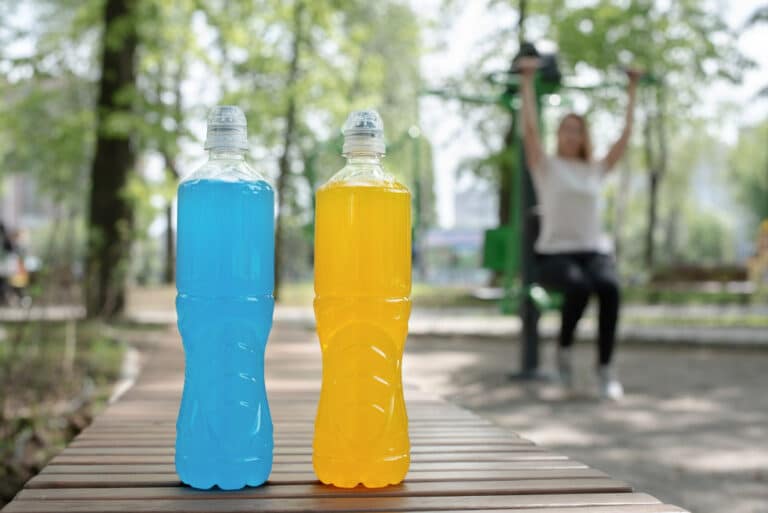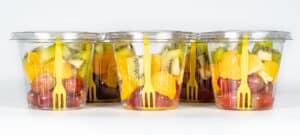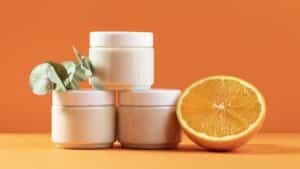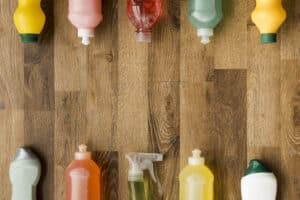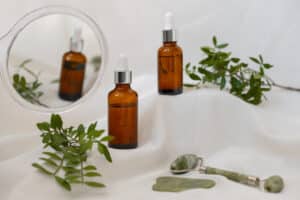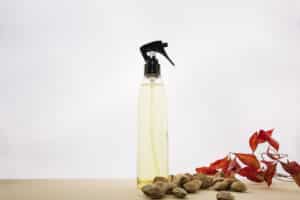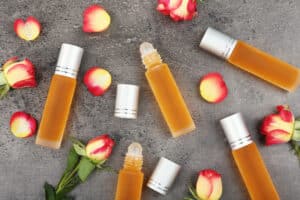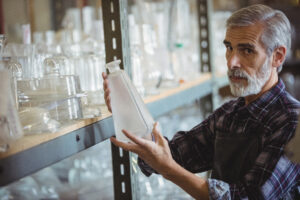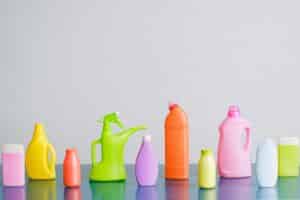Since ancient times, people have made and used a variety of containers to store liquids and keep food fresh. The High-Density Polyethylene (HDPE) bottle is one such container that has become more and more popular over time as a result of its massive advantages. In this article, we will explore all there is to know about HDPE bottles, from their many applications and benefits to safety concerns and more!
What is HDPE bottle?
HDPE bottle is a high-density polyethylene plastic bottle that is often used for packaging liquids. It is made of a synthetic resin that is produced by the polymerization of ethylene. These bottles are widely known for their properties of durability and impact resistance. Plus, they are lightweight which makes the bottles ideal for a variety of applications, including milk, water, juice, and sports drinks.
Are HDPE bottles safe?

HDPE bottles have become a common sight in the world of beverage containers. In recent years, there has been an increasing interest in the safety of these products due to their ubiquity and potential for exposure to harmful chemicals. Are HDPE bottles safe, then?
The good news is that this type of plastic is free of BPA and other potentially dangerous substances. Additionally, it offers high chemical resistance, making it perfect for storing beverages without worrying about contamination or leaching. So, you got nothing to worry about when you are taking a sip from your High-Density Polyethylene bottle.
What bottles are made of HDPE?
HDPE bottles have a wide range of applications in the food and beverage, cosmetics, pharmaceutical, and even engineering industries. As a result of their high barrier properties, they offer a perfect packaging solution for liquids like water, juices, alcoholic beverages, and carbonated drinks. Not to mention that they are also ideal for storing toxic compounds such as industrial solvents or acids due to their higher robustness compared to conventional glass or metal containers.
Are HDPE bottles BPA free?
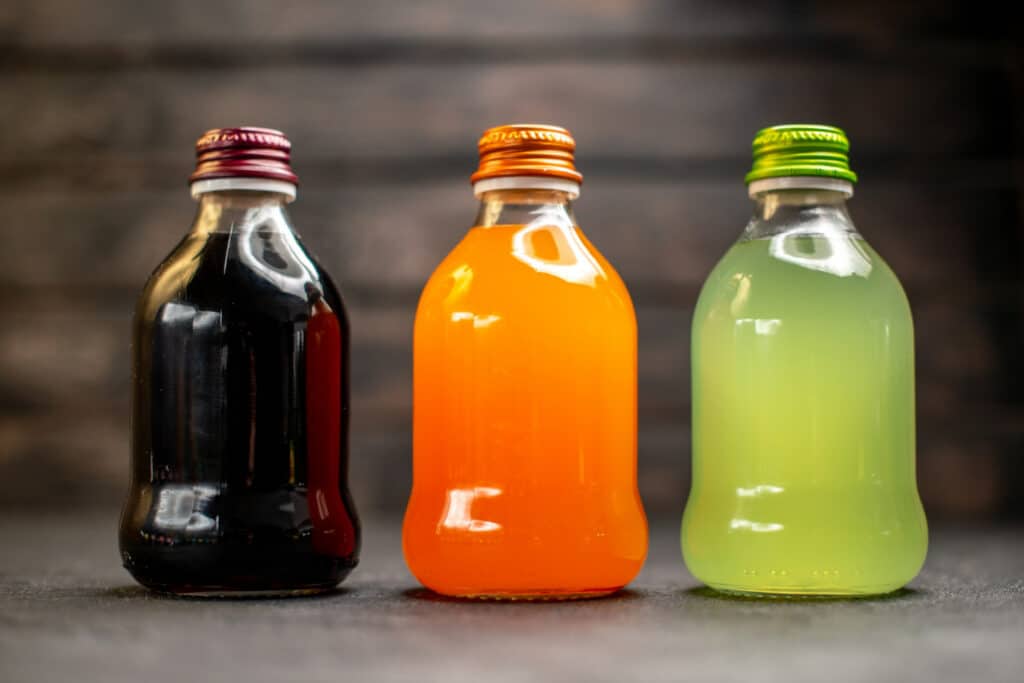
It is a typical question and yet worthy to find out the answer for! Unlike the rest, HDPE bottles are constructed of non-toxic ingredients, making them a secure and efficient replacement for conventional plastic containers. So, it is safe to assume that these bottles are completely free of bisphenol A (BPA), a chemical that is present in many plastics and has been associated with a number of health problems.
Is HDPE safe for drinking water?
According to research, HDPE is non-toxic and does not contaminate the contents it holds with chemicals or contaminants. In short, anyone can rely on and consume water from an HDPE bottle, with ease. Thus, if your drinking water is kept in an HDPE container, you can be sure that it won’t be contaminated or contain any pollutants thanks to an effective manufacturing procedure.
Is HDPE harmful to humans?
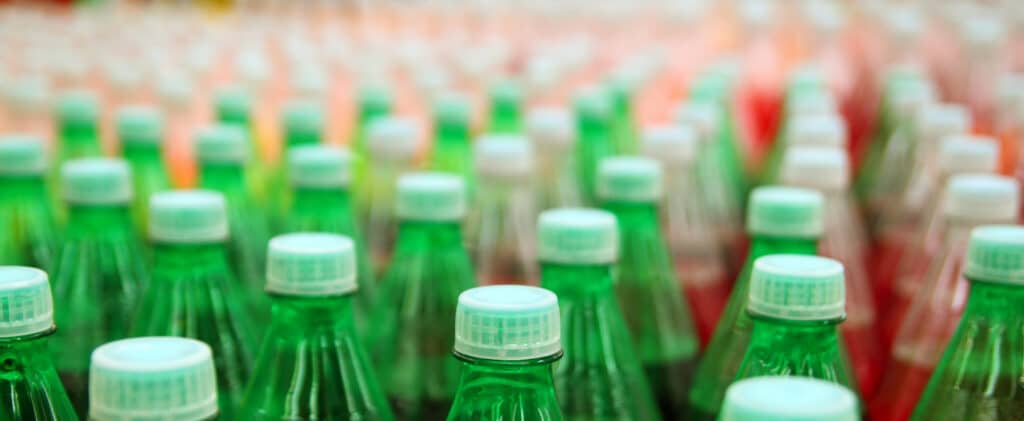
The U.S. Food and Drug Association (FDA) has acknowledged that HDPE is safe when used properly. This form of plastic can endure temperatures of up to 120°C without releasing harmful fumes into the air and has no known toxicity associated with direct human consumption or skin contact. Although some potentially dangerous compounds may be used in the production process, manufacturers take great efforts to ensure that these substances do not end up in products that people might purchase.
Is HDPE recyclable?
High-Density Polyethylene (HDPE) is one of the most widely used plastics in the world. It is used for everything from shopping bags and food containers to children’s toys and automotive parts. But is HDPE recyclable?
The answer is yes just like how you guessed! Thus it is possible to reuse HDPE plastic in its original form or recycle it into other products. At the same time, companies across the world are now finding new ways to use recycled HDPE materials – from producing furniture to making playground equipment. Thus, recycling this material can help reduce our waste and preserve our environment for future generations.
How to recycle HDPE bottles?
Sorting is the first step in the recycling process of HDPE bottles. Prior to being successfully recycled, HDPE needs to be separated from other types of plastic. The materials will next undergo a “washing” procedure to get rid of impurities before going through a shredder or granulator to be broken up into tiny pieces. From there, the material will enter a machine that melts them down into pellets which can then be used to manufacture new products such as bottles, containers, toys, pipes, and more!
Final Word
After reading the boave article, you may have realized that High-density polyethylene (HDPE) bottles are a great option for many different types of products. They are lightweight, durable, and have a wide range of temperatures that they can withstand. In addition, most importantly, now you know that it is safe to drink from a HDPE bottle, as they are completely free from BPA and other harmful chemicals. And, make sure to get the best HDPE bottles from a certified manufacturer all the time!

